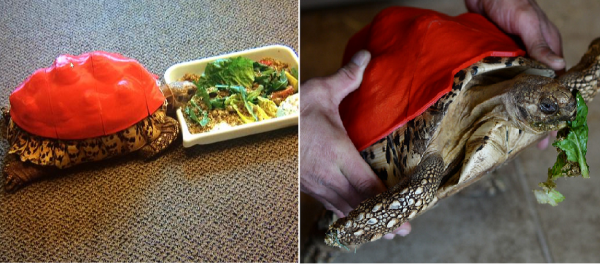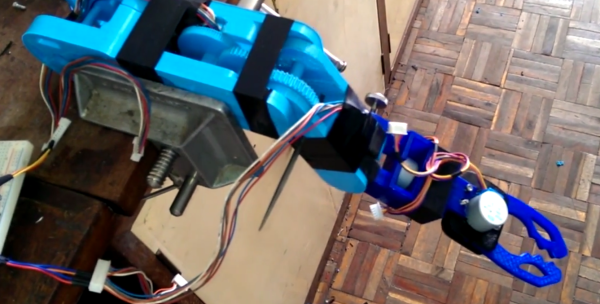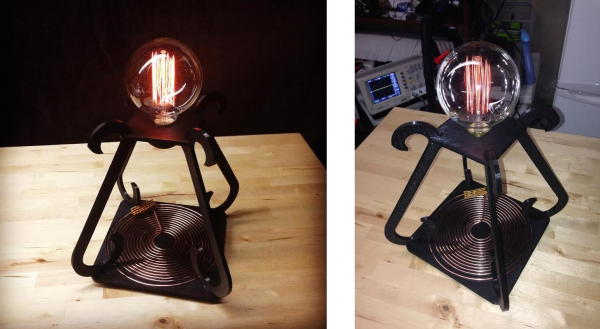Between all the media coverage of using 3D printers for human prosthetics, some individuals are making a difference for animals too by using 3D printing. And here’s one we really didn’t expect; a replacement shell for a tortoise!
We’ve all seen the heartwarming articles about pups getting wheels, or dogs getting replacement sprung feet — but is there any love for [Cleopatra] the Tortoise? Canyon Critters Rescue is an animal rescue based out of Golden, Colorado. The founder [Novelli] had recently took in little [Cleopatra] who had a painful and dangerous bone disease where her shell peaks and gets worn out — and without a shell to protect her, could easily become infected. This is typically caused by poor nutrition, so the rescue fixed her diet, but the damage to her shell was already done.
At a public education program for the rescue, [Novelli] made an offhand comment about how cool it would be to 3D print a replacement shell for her to protect the weak spots. Lucky enough for [Cleopatra], someone from the Colorado Technical University was there and wanted to help.
First they 3D scanned [Cleopatra’s] shell, and then created a 3D model of it optimized for 3D printing. They printed miniature test models on a MakerBot, and once satisfied printed the entire thing in 4 pieces. It fits over top of original shell, protecting the weak areas.
It was an incredible learning experience for all involved, and [Novelli] was extremely grateful for the help he received from the community:
I am grateful to all these people volunteering their time and energy to help me. At the rescue I don’t have the resources or funds to do something of this scale.
As for [Cleopatra], she’s living a happy tortoise life once again — and since she’s only in her teens, she has nearly a century of life to look forward to with thanks to 3D printing.

















